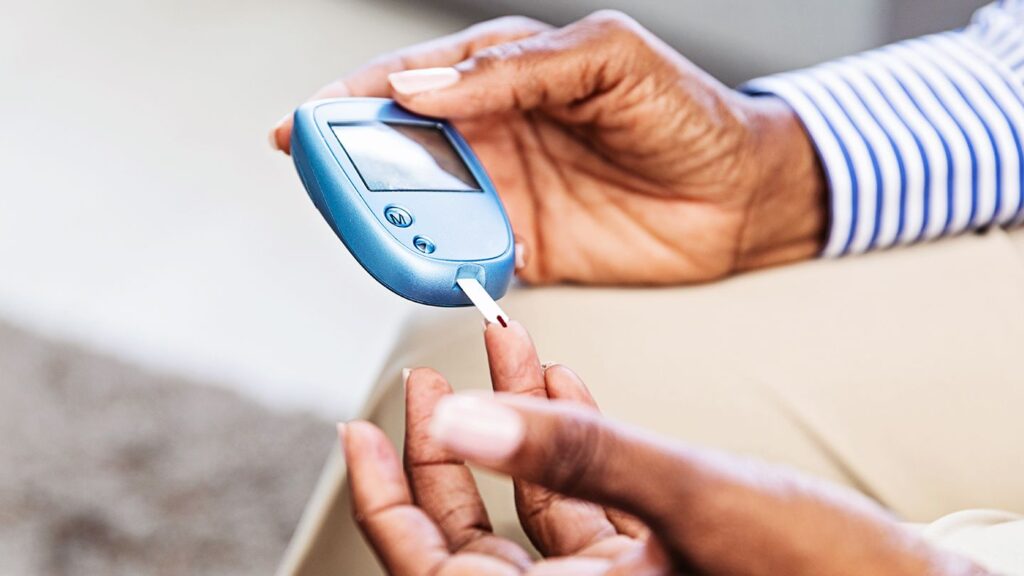According to the Centers for Disease Control and Prevention (CDC), around 1.6 million Americans have kind 1 diabetes. More new instances of kind 1 diabetes are identified yearly in the United States than formerly, with an anticipated 64,000 human beings diagnosed every year.
Type 1 diabetes is every so often called juvenile or adolescence-onset diabetes. However, it affects both kids and adults, and people may be recognized at any age. This article will spotlight important type 1 diabetes records and data you must know.
Type 1 Diabetes Overview
Diabetes happens when your blood sugar (glucose) tiers are higher than ordinary. There are one-of-a-kind varieties of diabetes. Type 1 diabetes is an autoimmune sickness wherein your pancreas stops producing insulin (a hormone that facilitates manipulating blood sugar ranges).
How Common Is Type 1 Diabetes?
The CDC’s 2020 National Diabetes Statistics Report showed an almost 30% growth in type 1 diabetes diagnoses within the United States, with adolescent instances developing maximum steeply among diverse populations.3 As of 2019, around 244,000 kids and 1.6 million adults twenty years and older had kind 1 diabetes.
With more or less 64,000 humans being diagnosed with kind 1 diabetes every yr,2 kind 1 bills for approximately 5% of all diabetes cases in adults in the United States.
Type 1 Diabetes by using Ethnicity
Globally, type 1 diabetes is most common in Scandinavian populations, as well as in Sardinia and Kuwait, in keeping with the World Health Organization (WHO). It is a whole lot less common in Asian and Latin American populations. Using Vidalista 60mg or Fildena are used to treat ED.
Among children in the United States, the prevalence of type 1 diabetes is highest in non-Hispanic White youths and lowest in Asian, Pacific Islander, and Navajo youths.
Between 2002 and 2015, the costs of kind 1 diabetes multiplied among non-Hispanic Black, Hispanic, Asian, and Pacific Islander youths, even as the growth among non-Hispanic White youths was a lot decreased.
By 2050, it’s expected that about 1/2 of youths with kind 1 diabetes might be of minority race/ethnic agencies. Additionally, kind 1 diabetes fees appear to be steadily increasing by about 3% annually in high-profit international locations.
Type 1 Diabetes by way of Age and Gender
From 2001 to 2015, youths 10–14 years antique had the highest incidence of recent-onset kind 1 diabetes. Overall, kids and teens zero–19 years old had a brand new-onset fee of 34.3 according to 10,000 persons, even as adults elderly 20–sixty-four had a price of 18.6 in keeping with 100,000 people.
Type 1 diabetes influences all sexes similarly.
Causes of Type 1 Diabetes and Risk Factors
The specific motive of type 1 diabetes is unknown, but, threat elements for kind 1 diabetes encompass:
- Having an instantaneous family member with kind 1 diabetes
- Having particular genes
- Having different autoimmune conditions
- Certain environmental triggers, which include living in a cold climate
- Some viruses
Early diet (for instance, folks that had been breastfed and people who first ate strong meals at later ages have been less likely to develop kind 1 diabetes)
What Are the Mortality Rates for Type 1 Diabetes?
Life expectancy for humans with type 1 diabetes has improved dramatically since the discovery of insulin in the Nineteen Twenties. Nevertheless, today human beings with kind 1 diabetes may also stay at improved danger of death, mainly whilst microalbuminuria (low stages of urinary albumin excretion) is present. Having high blood strain or smoking may boom dangerous.
On the other hand, people with type 1 diabetes without microalbuminuria and other complications can minimize this danger and anticipate to stay a regular existence span.
Females with type 1 diabetes consistently have better mortality quotes than males. The mortality price for all diabetes-associated headaches is better in Black human beings with type 1 diabetes than in White people with Fildena 150 mg.
Screening and Early Detection Type 1 Diabetes
Population screening programs for kind 1 diabetes look for specific genetic markers or autoantibodies. These blood exams have provided critical data about disorder development and recommendations for the timing of screening in scientific exercise.
For example, beta cellular immunity (antibodies that attack the insulin-producing beta cells in the pancreas) may be identified several years earlier than the signs and symptoms and signs and symptoms of kind 1 diabetes increase.
For the maximum part, screening packages were aimed at testing households of humans with kind 1 diabetes. However, kind of 90% of people who broaden kind 1 diabetes does now not have a family record.
In addition to genetic and autoantibody checking out, glucose tolerance checks are regularly performed to screen for kind 1 diabetes.
The benefit maximum always stated throughout early screening studies is the prevention of diabetic ketoacidosis (DKA), which may be existence-threatening.
Type 1 diabetes can not be prevented or cured. However, the earlier a diagnosis is made, the earlier a person can acquire a diagnosis and suitable remedy, resulting in higher health consequences.
One challenge in early screening for kind 1 diabetes is that the natural course of development of this sort of diabetes remains no longer virtually understood. Continued studies on chance elements, which includes genetics, environment, age, and ethnicity, are wanted to improve the scope of screening, as well as to help higher identify those who could maximum benefit from early screening.
Summary
Type 1 diabetes is an autoimmune condition wherein the frame now does not produce insulin. Roughly 5% of the person U.S. Populace has type 1 diabetes. Risk factors for kind 1 diabetes may be genetic or environmental.
Mortality prices have stepped forward during the last century, even though if headaches are a gift, the hazard for a shorter life span is elevated. Advancements have stepped forward the potential for early screening for kind 1 diabetes, even though greater studies are needed to assist pick out first-class candidates for early testing.
Realted Post: The Cure For Snoring And Sleep Apnea Has Been Discovered!
